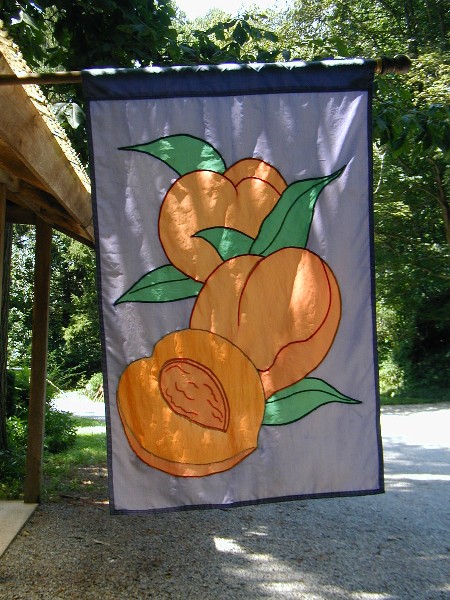
The cicadas are singing. It's summertime. Hang out the banners - everything's peachy.

Dick Nagy is picking peaches.
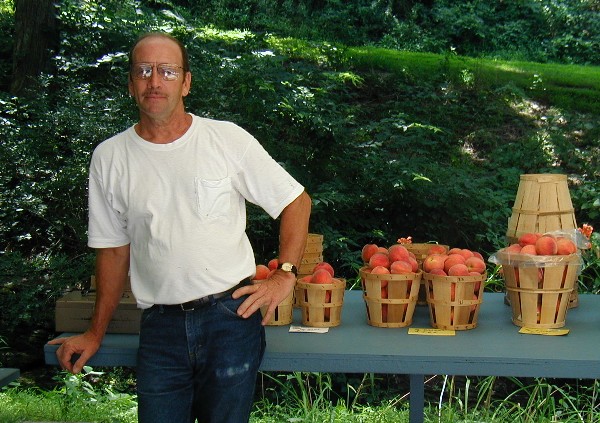
The trees he so lovingly tends are heavy with fruit. He thins the little green peaches, giving them room to grow. The few he leaves reach succulent size. Branches are so heavily ladden they must be given support, else they break from the weight of their luscious burden.
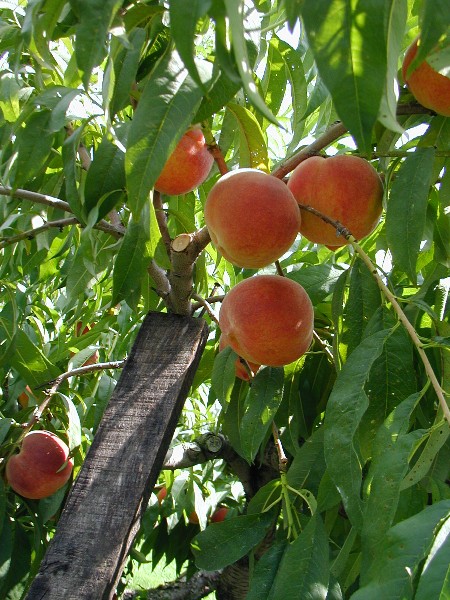
Customers come for baskets of the delicious, dripping with juice, fruit.
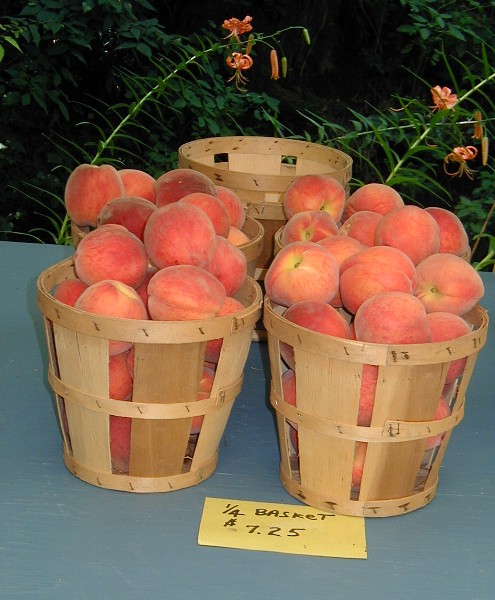
The rains of summer that leave the garden verdant (and filled with weeds!) have another benefit - mushrooms. The black chanterelles, also known as trompet de mort, are emerging in the woods. Never numerous, they seem to arrive a week or so earlier than their golden relatives. The flavor is essence of mushroominess, if that makes any sense.
My gathering technique is as follows: go in the morning when the sun is at a relatively low angle, illuminating the ground with side light rather than overhead. Stand and "tune" your mind to the mushroom. Their color is close enough to dirt and aged leaves that they blend into the background. Slowly stroll along deer trails in relatively clear areas (no herbacous plants) on a 45° slope. If you are fortunate and (whomever they might be) the saints of mushrooming hunting are with you, you'll find sufficient for a meal or two.
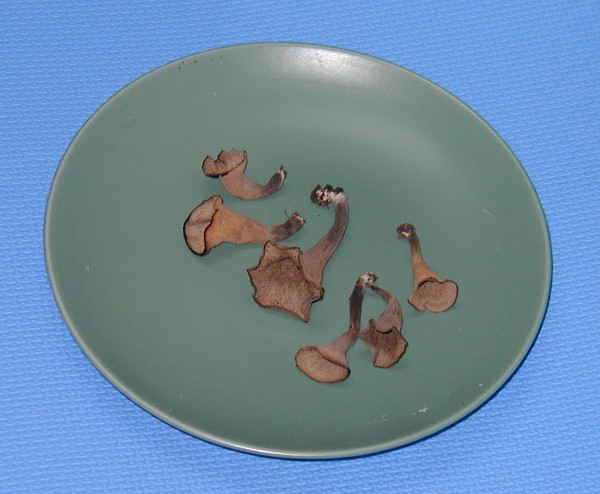
Tonight the mushrooms, quickly sauteed with butter and herb-infused olive oil, accompanied wild-caught salmon grilled under the infra-red broiler in my Wolf range with a mustard / brown sugar / soy sauce glaze, a few shrimp grilled with a lemon-ginger glaze, and basmati rice. Delicious.
Thunder, lightening, and a soupçon of rain (that translates to .30 inches) as we ate. Memo to self - tomorrow have a look-see if that was sufficient to encourage more mushrooms to emerge. And start looking for the much easier to spot golden chanterelles. Silver lining indeed!
UPDATE: Sunday, 23 July 2006 Rain on Friday and Saturday totaled 2 inches. I went mushrooming yesterday and again this morning. They're coming, they're on us. Golden chanterelles in profusion, and sufficient black trompet de mort to serve in a savory meal for two. "Why," Jerry wants to know, "eat something named 'trumpet of death'? " Well, they're clearly not poisonous, since Paul and I, also John and Carol for that matter, are still around to enjoy more mushroom. The only conclusion I can draw is that it must have something to do with their color.
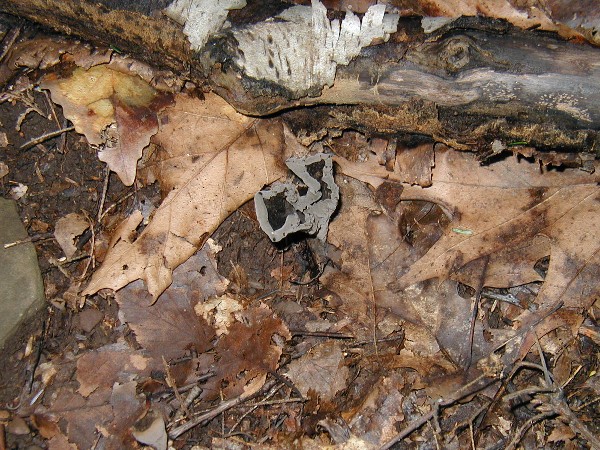
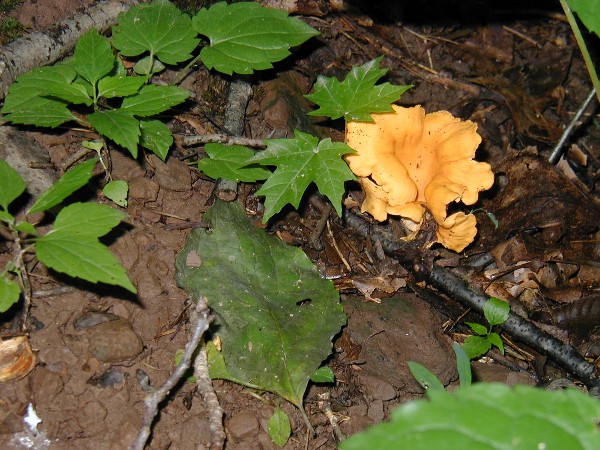
The diversity of available activities: lecture, plant sale, conversations with friends and like-minded (interested in plants and gardens) people, lunch, a return visit to the plant sale area (it's known as "honest horticultual lust") drew to a close as Jerry and I toured the display gardens. By this point in the afternoon the temperatures had risen to the point where we charted our path from stately specimen tree, across the greensward to the shade garden, out into the sunlight, into the next patch of shade. Jerry found a chance-sown, four- or five-year old pink lace cap hydrangea that caught his attention. I admired one of the flower borders both over-all and in detail.
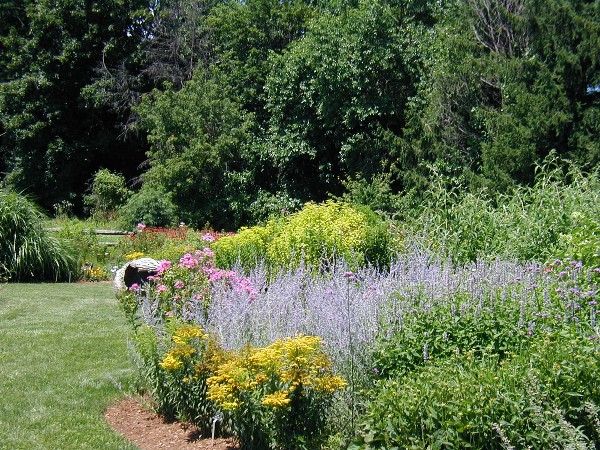
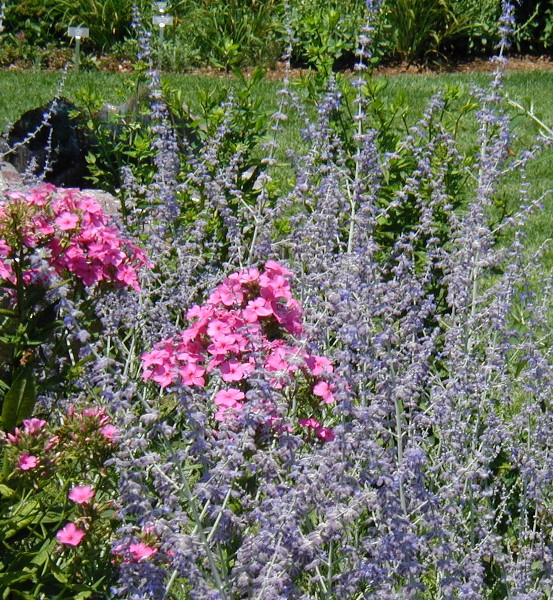
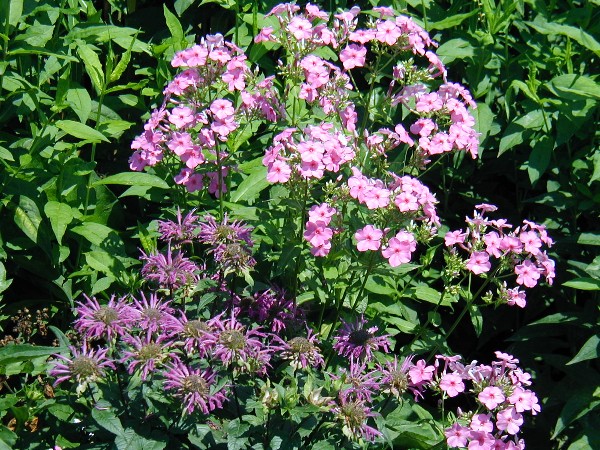
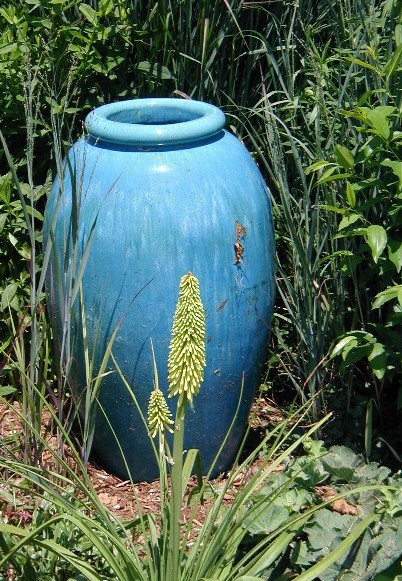
A sunny, warm, and humid day - weather much the same as I adapted to in Puerto Rico. Over to Bea and Jerry's house in the morning, and we set off for the short ride to Burpee's Fordhook Farm in Doylestown for the Heronswood East Hydrangea Day. Everything was well organized with tubs of iced down beverages available in multiple places. Display gardens, a sales area, a marque over tables and chairs providing lunchtime (anytime) shade, a modest size room holding perhaps 50 people set up for Dr. Michael Dirr's hydrangea lecture at 11:00 a.m. and again in the afternoon. The lecture required advance registration and payment of the $20 per person fee.
Today was the opening day of this two day event, with free admittance. There would be a $5 fee on Saturday. When the three of us discussed going, we agreed that perhaps Friday would be less crowded. There was a goodly turnout, including many horticultural friends such as a van-load up up from Rutgers Gardens. Some former students were there, and a man who recognized me from the author's photo on the dust jacket of Consider the Leaf: Foliage for Garden Design. That was very pleasant.
Fortunately the lecture room was air-conditioned, as we were sitting elbow to elbow. Dr. Dirr is an entertaining lecturer, and was quite informative about hydrangea breeding, goals, and new cultivars. Little was said concerning culture or design use of hydrangeas, and I would have liked more in those areas.
The sales area offed a wonderful assortment of hydrangeas, and also a diversity of herbaceous plants. As one woman said, you get to choose which one individual plant you wanted out of the grouping. And, it would come right home with you, no shipping. Jerry was interested in hydrageas as shrubs for summer color once the rhododendrons were out of the way. Me, I was just interested in plants.
As well as the display gardens we were allowed to view the ground floor of the big house, beautifully furnished and embellished with bouquets of - what else? - hydrangeas.
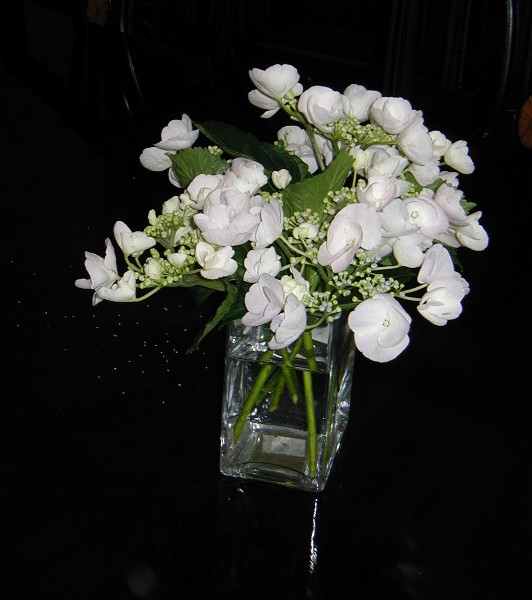
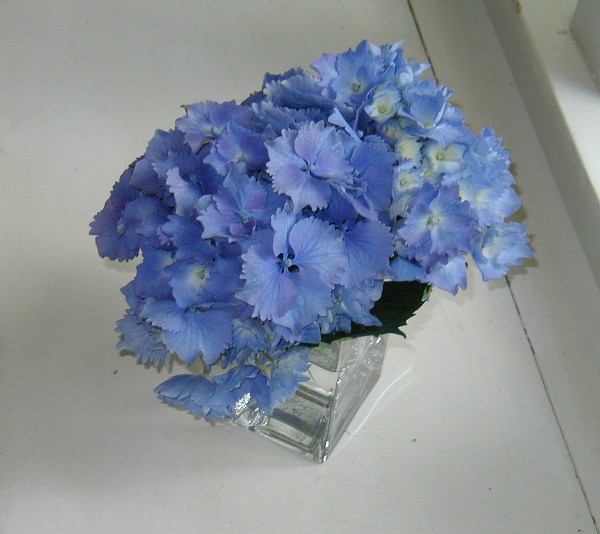
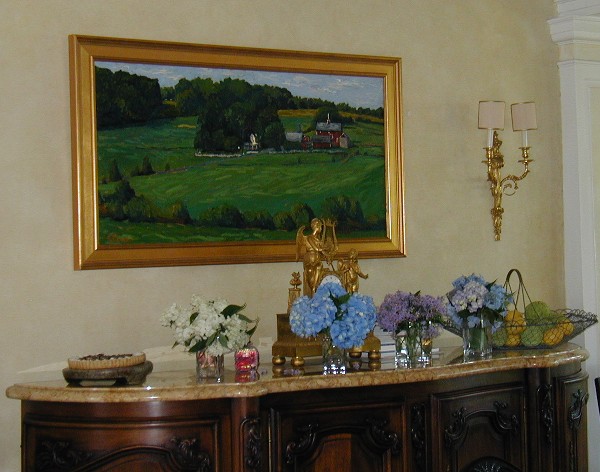
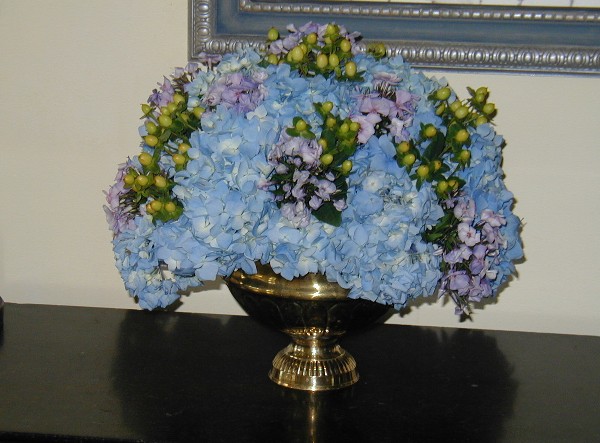
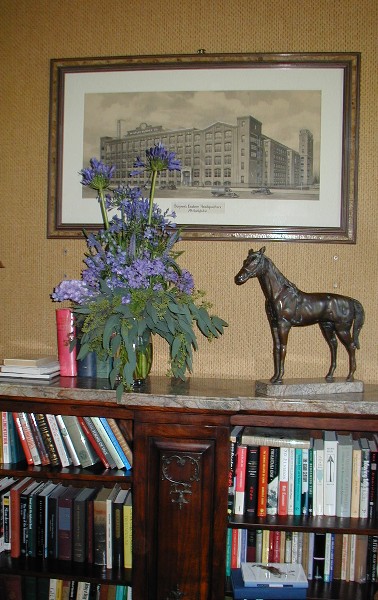
"Why don't you come for a visit?" said Paul. He's been working in Puerto Rico since sometime in April, home every couple of weeks for a weekend. That's better than not at all, but not as nice as spending day-to-day in each others company. So without further ado I said "Why not?" and plans were made for a week-long stay, with a day at either end for travel. Though less than a four hour flight from Newark Liberty Airport there's the current hassle of getting to the airport, getting to the airport the necessary security check-in time ahead of the flight, seemingly "standard" departure / arrival delays - a day at either end for travel made my week in Puerto Rico less of a rush, allowing me more island time.
Puerto Rican weather (especially in July!) is hot and humid, and it rains frequently. Closer to the equator than New Jersey, the days are have less seasonal shift. Year round the days are of more consistent length. In the evening the sun sets quickly, earlier than my summer expectations. Frost-free, I'm not quite sure why it is considered merely sub-tropical rather than truly tropical.
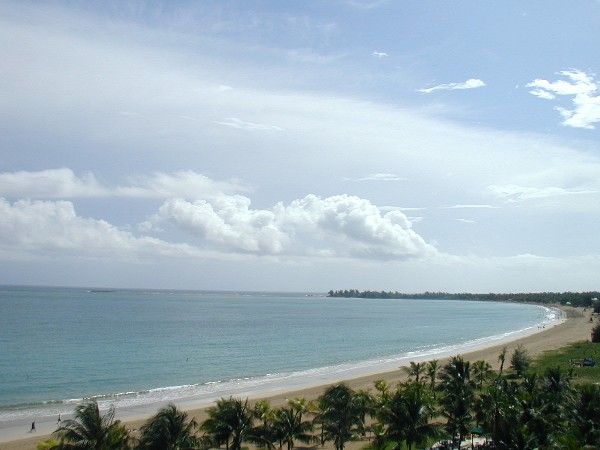
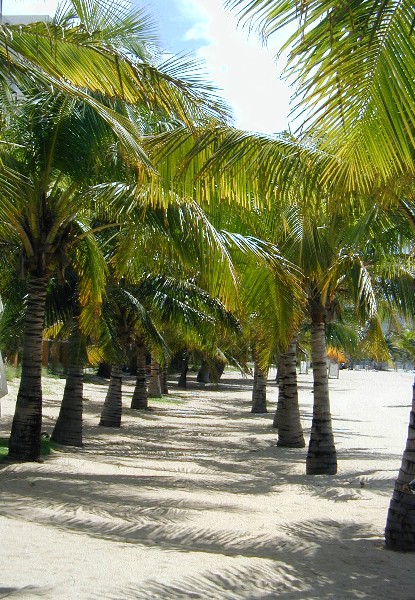
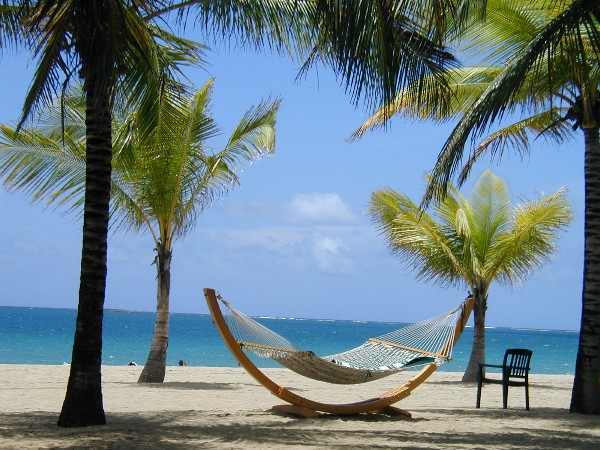
Every time I went somewhere - riding in a car or taxi or on the bus, or walking down the street - I saw wonderful plants. So I decided to spend some time on this last full day here in Puerto Rico just walking around and admiring plants. I strolled into fancy hotel forecourts, down little side streets, into car parks, and peered at gardens through the ubiquitous security grates. There were plants I recognized, others that might be familiar yet altered by the sub-tropical growing conditions, unknowns I managed to identify, and others that still baffle me. What fun I had!
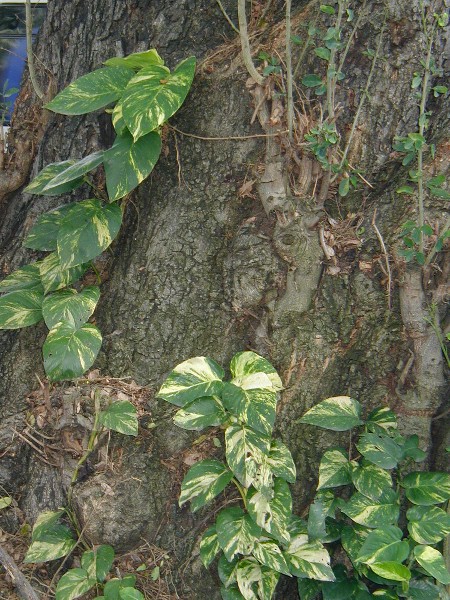

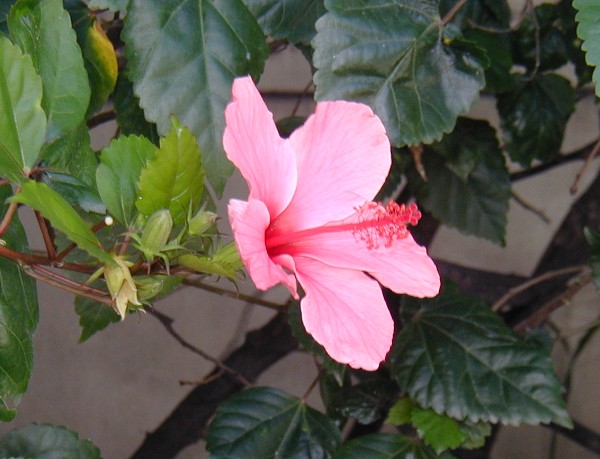
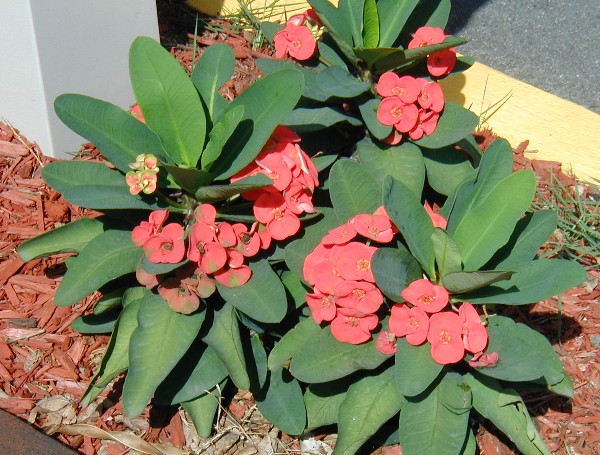
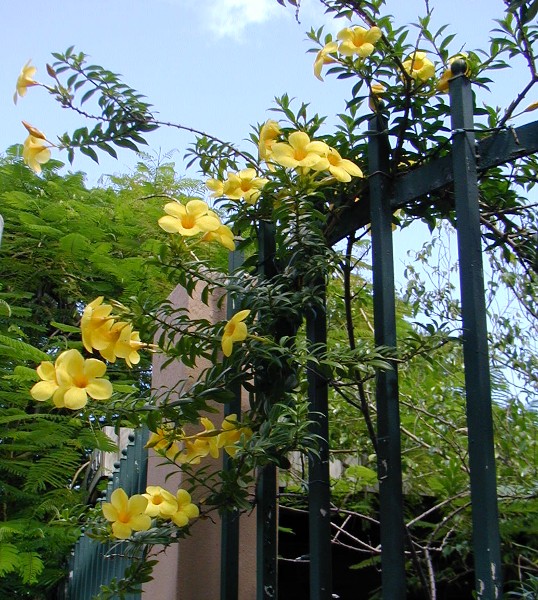
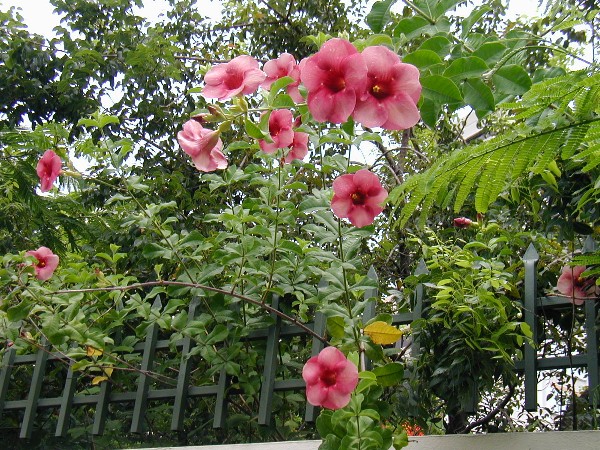
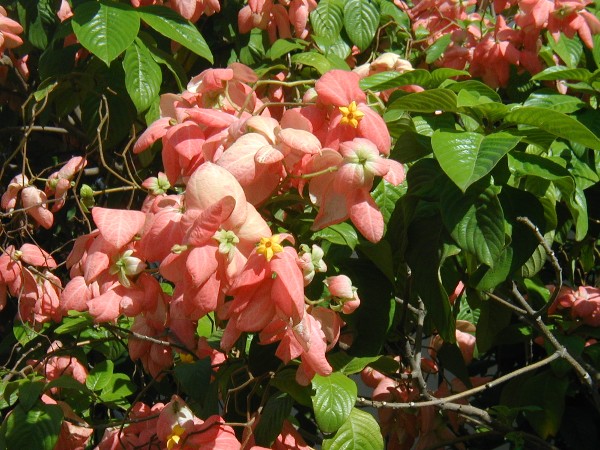
Update: Jerry, bless his heart, checked with some of his friends who are expert in tropical flora. This is, indeed, a Mussaenda, many species of which are native to tropical Africa and Asia. Throwing caution to the wind, I'm going to speculate that this is some cultivar of M. erythrophylla, from tropical Africa. 'Queen Sirikit' is described as having drooping branches with broad wavy leaves, and - the clincher for me - flower heads of enlarged deep pink calyx lobes.
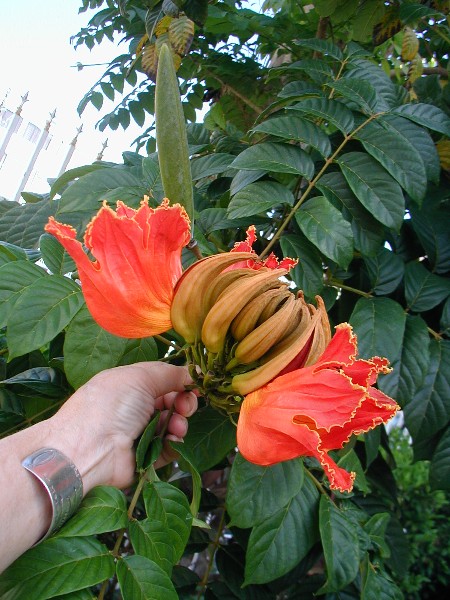
Before travelling to Puerto Rico I did some research, checking to see if any of the societies to which I belong have members there. Lo and behold, Garden Writers Association lists one member, Scott Appell, on Vieques, the "little sister" island southeast of San Juan. A telephone call, several e-mails, and arrangements were made for a visit. Now, as Scott advised me, getting there is not like taking the Staten Island ferry. There is a ferry, but it plies the waters of the Strait of Vieques on an infrequent schedule. While a boat ride (with the possibilitiy of seeing whales, dolphins, and manatees) would be delightful, since I was only making a day trip to Vieques travel time was a consideration. I decided to fly.
I've been on small airplanes before, the sort where every passenger gets a window seat, and every passenger has an aisle seat. The Cessna 402 operated by Cape Air that plies the skies between San Juan and Vieques is smaller yet.
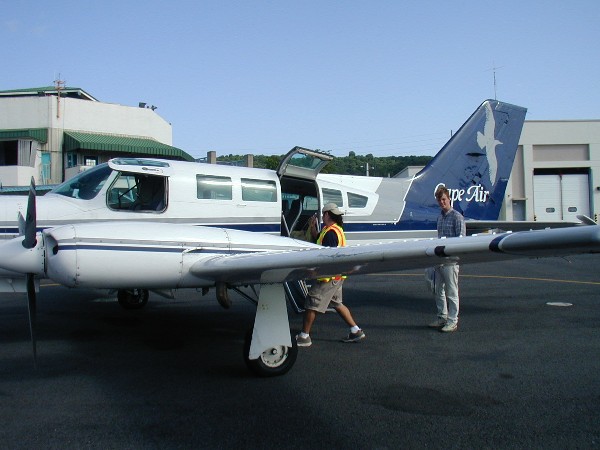

Scott was waiting for me and off we went on a most delightful day filled with plants and gardens, casual and interesting conversations, delicious food, and an emerging friendship.
At five miles wide and 25 miles long Vieques nicely fits my preconceptions of "islands" as having modest size. Within that area it manages to fit beautiful beaches, attractive overlooks,
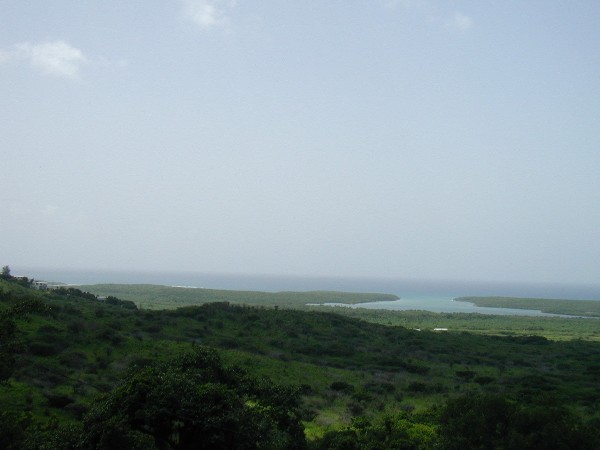
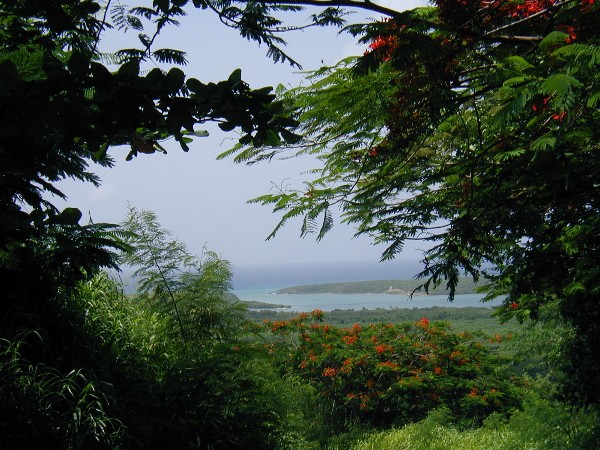
Scott's background (former director of the botanical garden on St. Croix) meant questions that kept bubbling up in my conversation, frequently "What's that plant?" - were readily answered, complete with background information and Latin names. We'd drive, stop, walk, talk, drive some more. I did find all the mangoes ripe enough to fall from the numerous trees and just rotting on the ground a source of great frustration. I love mangoes, and the hotel's breakfast buffet featured Red Delicious apples, watermelon, cantalope, and honeydew melons, when my mouth was set for mangoes, papayas, guavas, and such-like tropical fruits. I take that back. They did offer fresh pineapple. Papaya, once in the 8 days I had breakfast there. Did wangle a mangoe one evening at the manager's cocktail hour though.
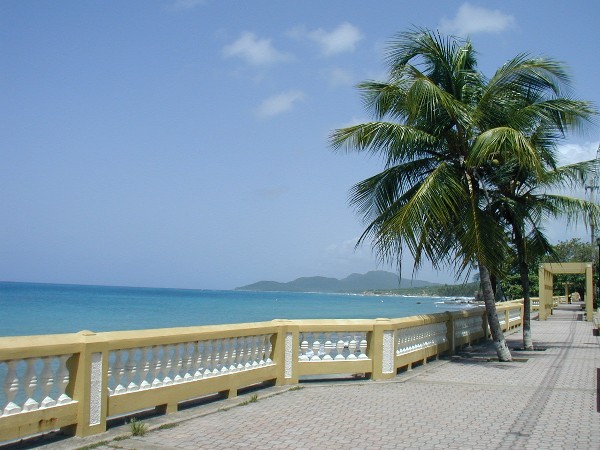
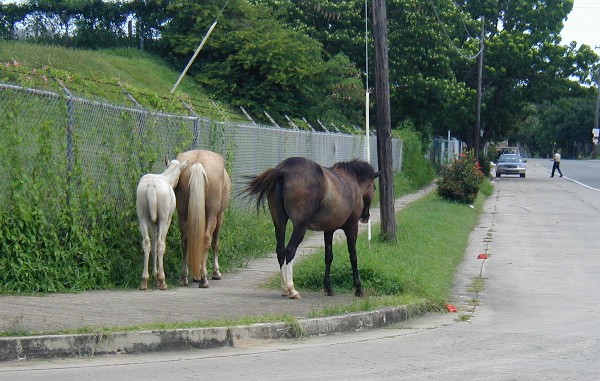
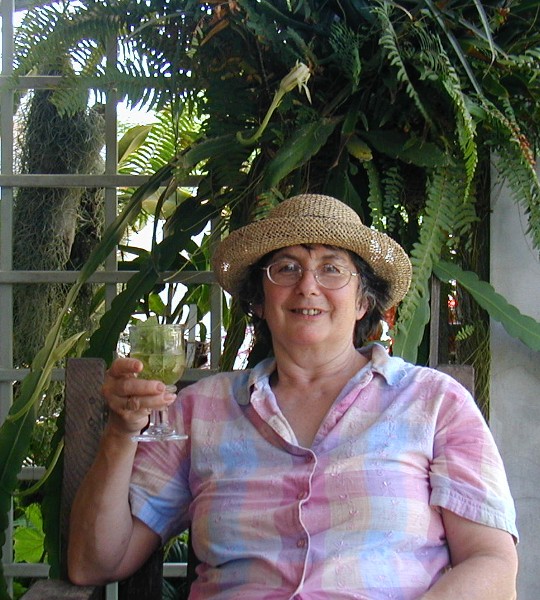
All too soon it was time to leave. Even on Vieques one must check in early at the airport. No time to visit the magroves along the coast, and look for brown pelicans. Though I did see three kinds of hummingbirds, and the little yellow bird of song as we went around in and out of gardens. But there was one more stop to make, Scott assured me.
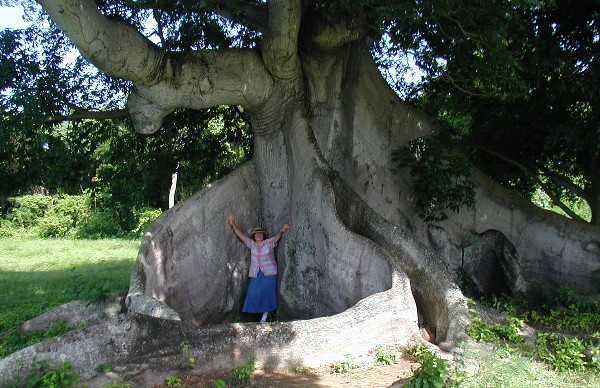
It rained in the morning, bucketing down hard enough to splash back up. Not a good day for outdoor activities. But by mid-day it had cleared to merely overcast and I decided to go as planned to the old city, Viejo San Juan. It was easy enough to walk from the hotel to the stop where I boarded the A5 bus. Fortunately I had the exact change for the 75¢ fare as that's what is required. With zigs and zags and stops to let passengers on and off we made our leisurely way to the terminus at Viejo San Juan where a free tourist trolley was waiting. Get on, get off, reboard - it makes it very easy to get around. Narrow streets and narrower sidewalks, numerous little shops with balconied apartments on the upper floors.
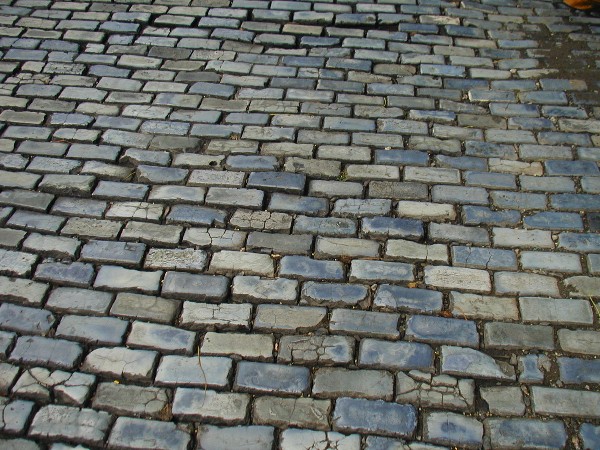
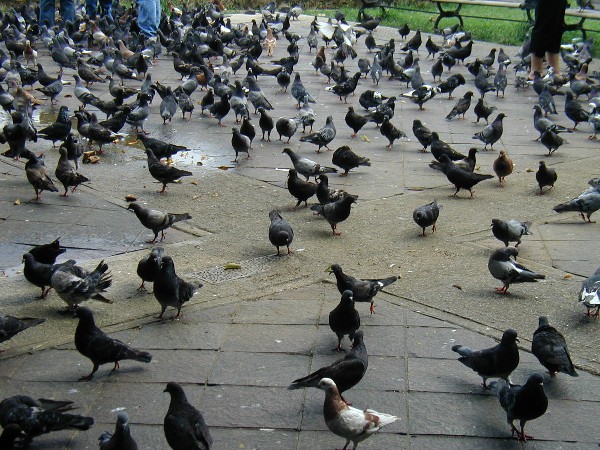
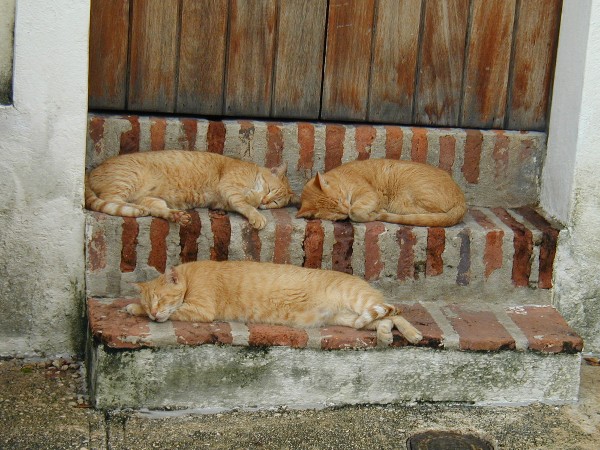
Wandering hither and thither on the charming little side streets I saw numerous cats asleep in doorways. Apparently the colonial cats of Viejo San Juan are included on the worldwide list of protected animal sanctuaries, joining the cats of Rome's coliseum and those at Hemingway House in Key West, Florida. Local cat rescue groups have an active trap / neuter / release program. More information can be found at Save A Cat.
In addition to the unanticipated cats and pigeons, I saw many plants - in little parks and plazas, growing in pots along the streets and up on the balconies. I especially enjoyed the plants at Casa Blanca, at the end of Calle San Sebastian.

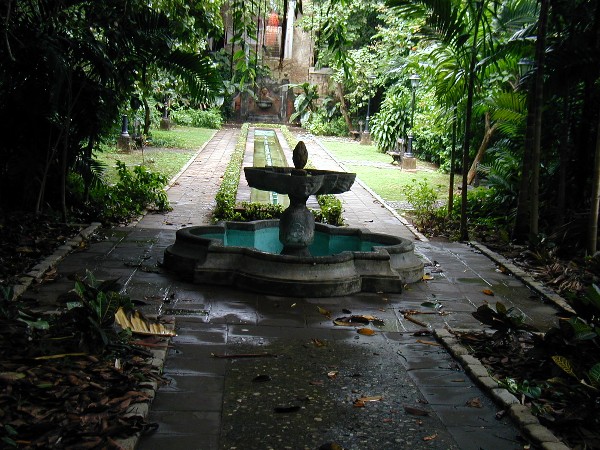
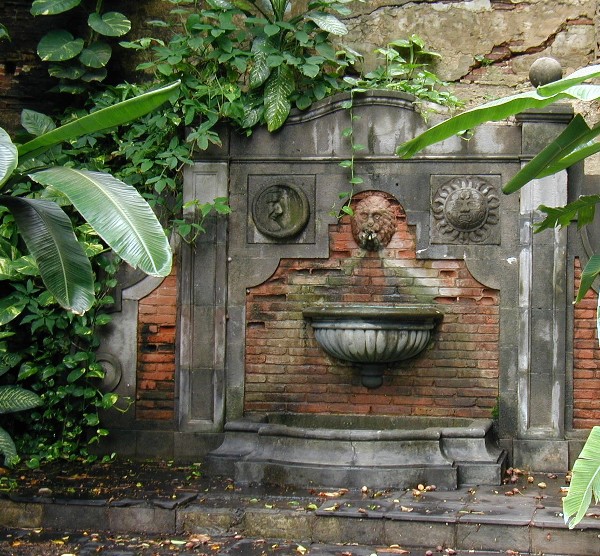
East of Isla Verde is the community of Piñones. We drove there on Sunday morning, left the car in the parking lot at the western end of the boardwalk and went for a stroll.
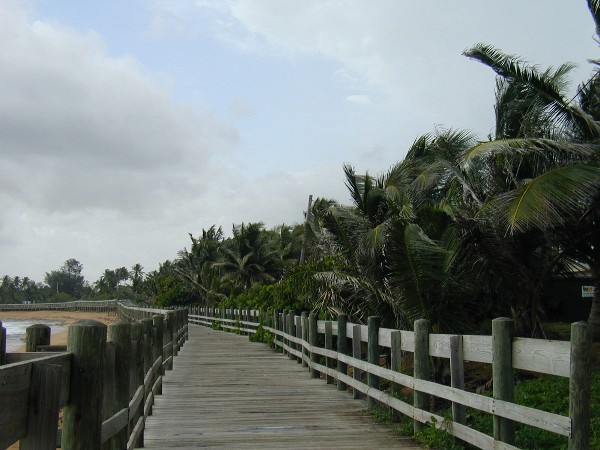
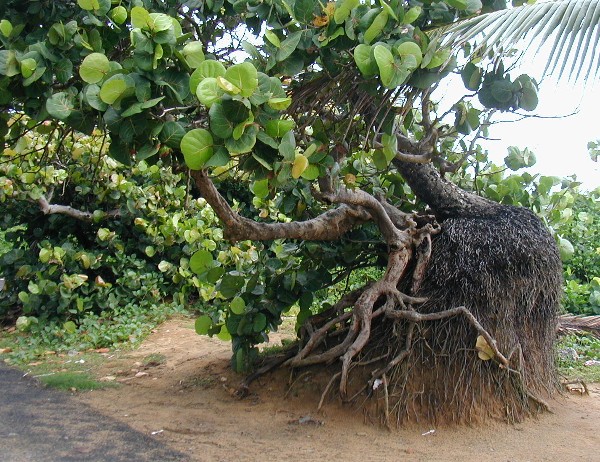
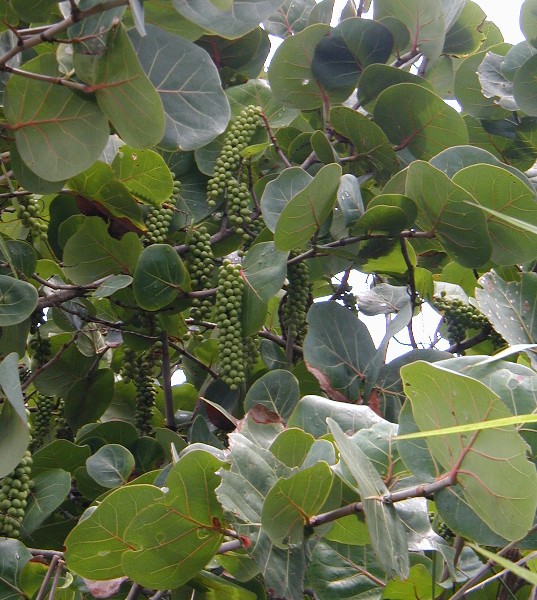
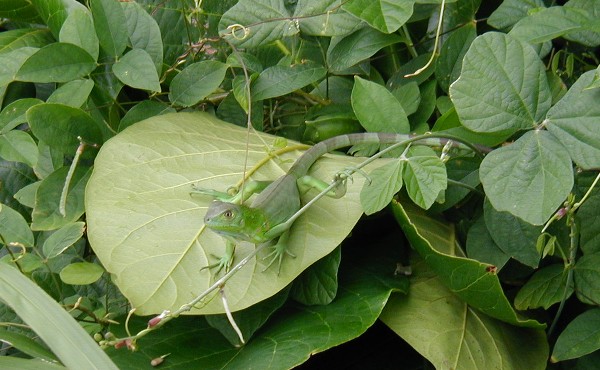
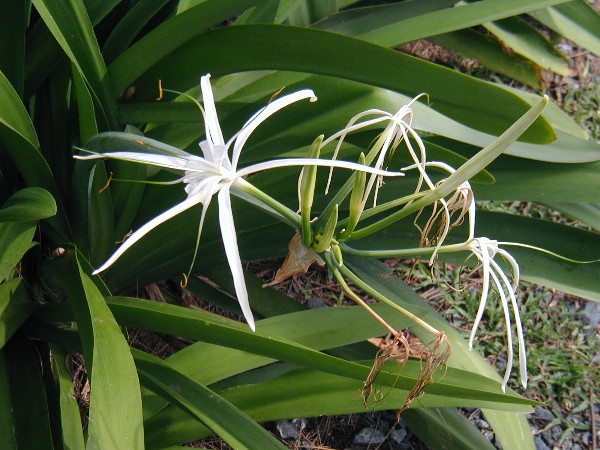
We had decided that on Saturday we would drive to El Yunque, the grandfather mountain dressed in a tropical rain forest, the only one managed by the USDA Forest Service.
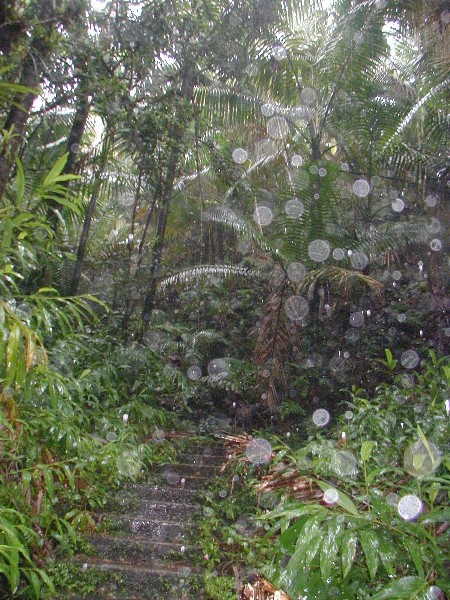
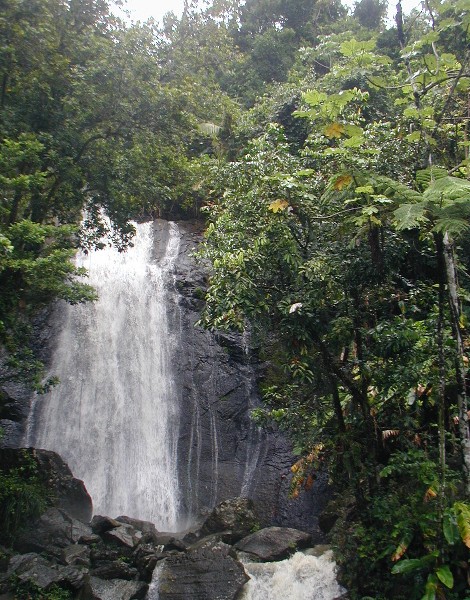
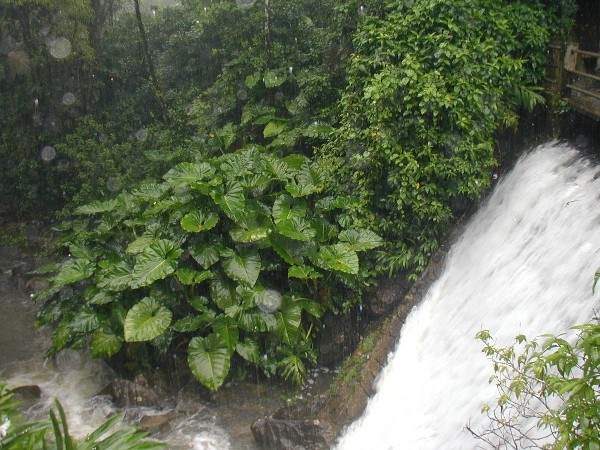
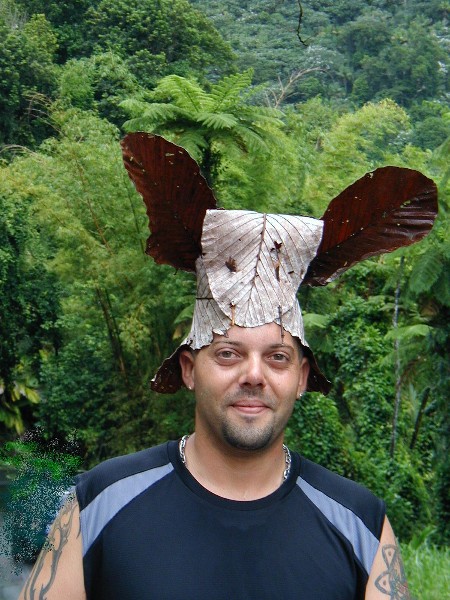
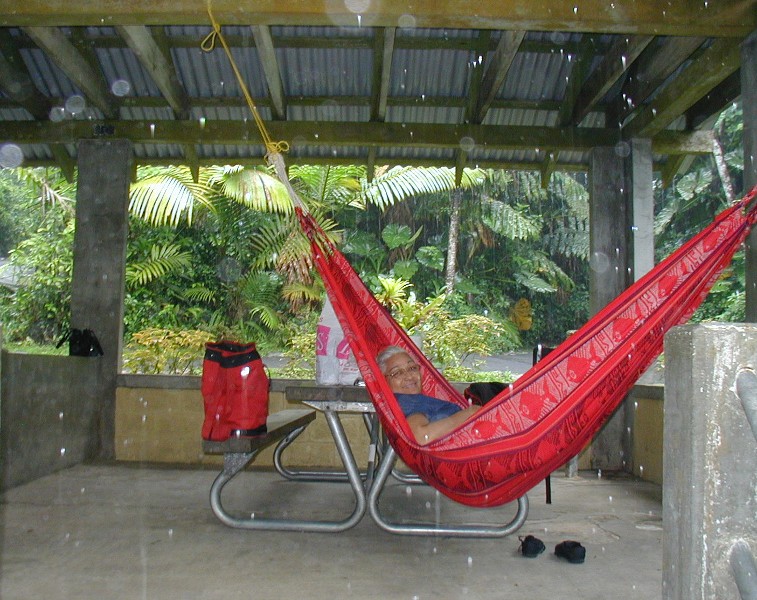
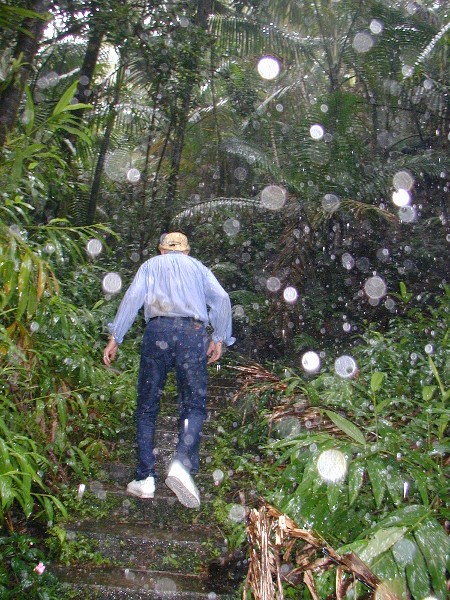
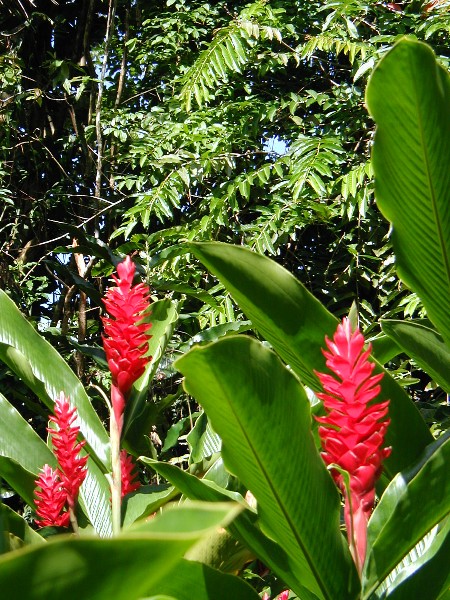
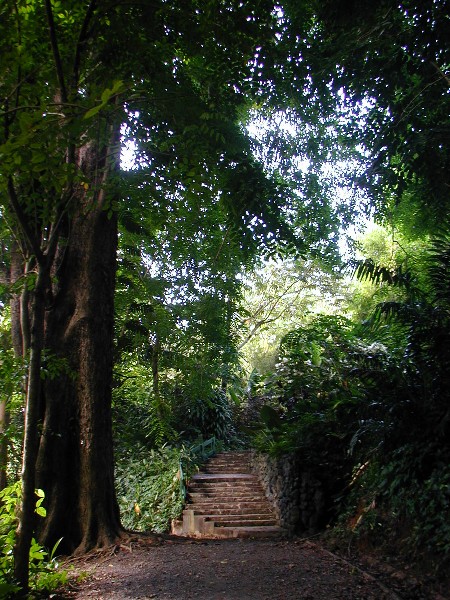

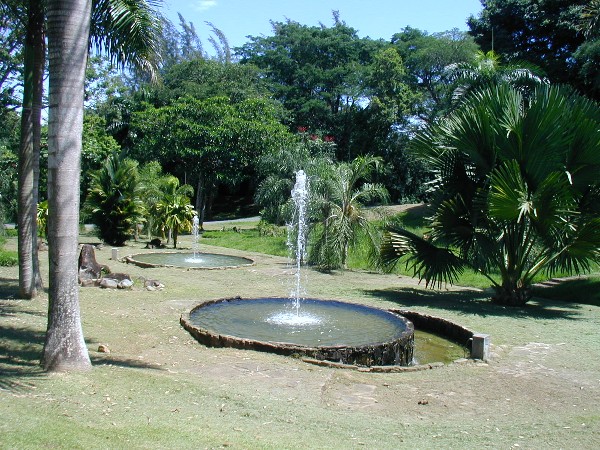
Now, "island" somehow implies a cozy size to me. Forget that. Much of Puerto Rico is terra incognito for me. My explorations were in San Juan, with two exceptions. Before setting off I had searched on the Internet for things horticultural to occupy my time while Paul was at work. Interestingly, there was mention of Festival de las Flores in the town of Aibonito. Held every year from the last weekend of June to the first weekend of July, this year it was pushed a week later. That meant I'd be in time to visit. But I'd need a car to get there. Paul caught a ride to work and left me the rental car's keys. A bright red little Hundyai Brio, it looked like something one should wind up, or maybe get out and push when going uphill. So that solved transportation. Navigation was the next consideration. Oh I had directions. But simultaneously driving and navigating was a little daunting. Not a problem. Jody, also visiting her husband, had one more day before returning home. What's more, she likes plants and gardens. With nice symmetry, her husband even gave Paul the necessary lift to work.
Jody and I navigated our way out of the hotel, avoided going to the airport, found the proper highways and worked our way up into the green mountains. Warmth and rain results in lush growth. I never knew there were so many kinds of palm trees. Puny plants grown as houseplants here at home exuberantly burst forth when - free at last from the confines of a flowerpot - they find themselves growing with their roots in the ground. Vining plants hurl themselves skyward, clutching trunks of towering trees for support. The ground is covered with dense mats of tradescantia (perhaps taxonomically re-ordered in setcresea, you know how quickly names change.) Bromeliads wedge themselves into forks of branches sizeable enough to be a tree were they growing anywhere else.
Following Jody's attention to directions, moderated by a modicum of "look at that!" and only one stop at a scenic pull-out we arrived at Aibonito. A modest $4 entry fee, and we strolled in to the 38th Festival de las Flores. Lots of booths selling heliconias and hedychiums, orchids and hibiscus and bougainvillea and bromeliads and nepenthes - and even a few marigolds and petunias too. But we were really there to see the exhibits.
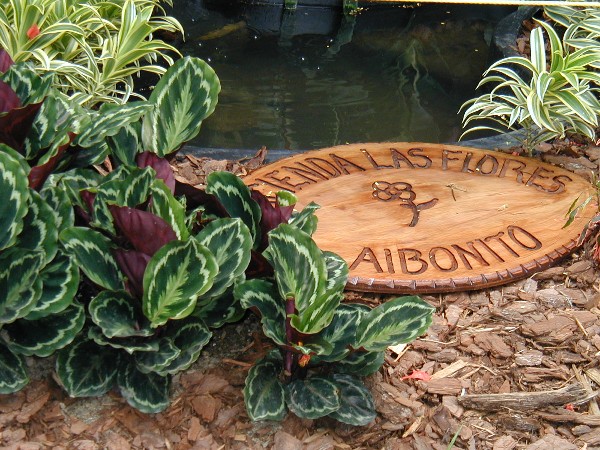
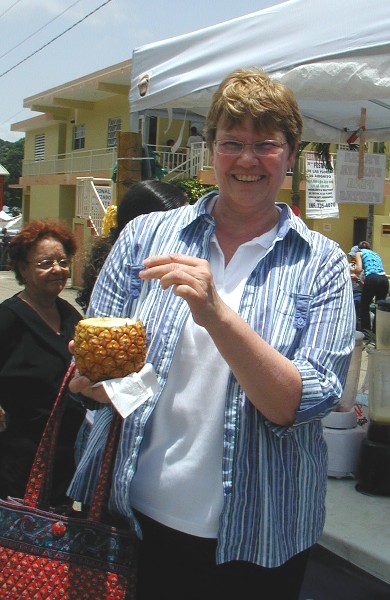
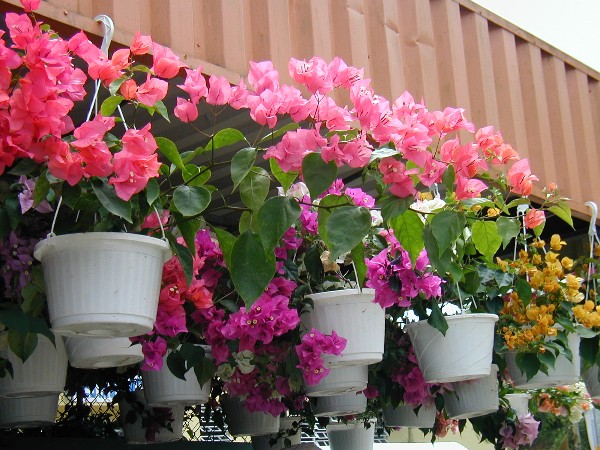
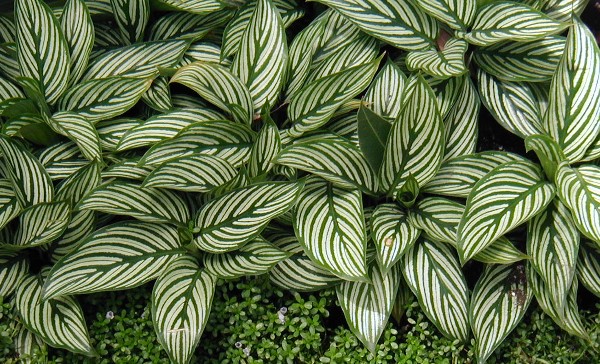
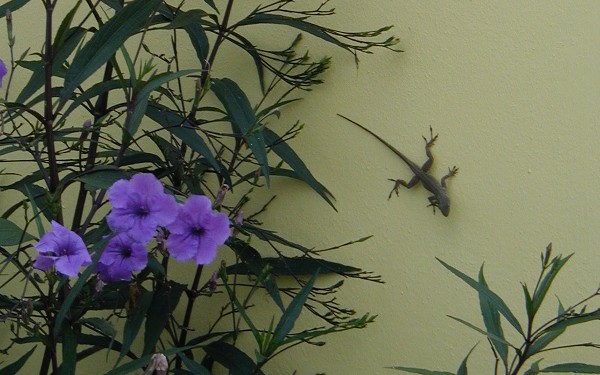
All excellent outing for my first full day, and with a new-found friend to talk to, rehashing what we'd seen as we drove back to the hotel.